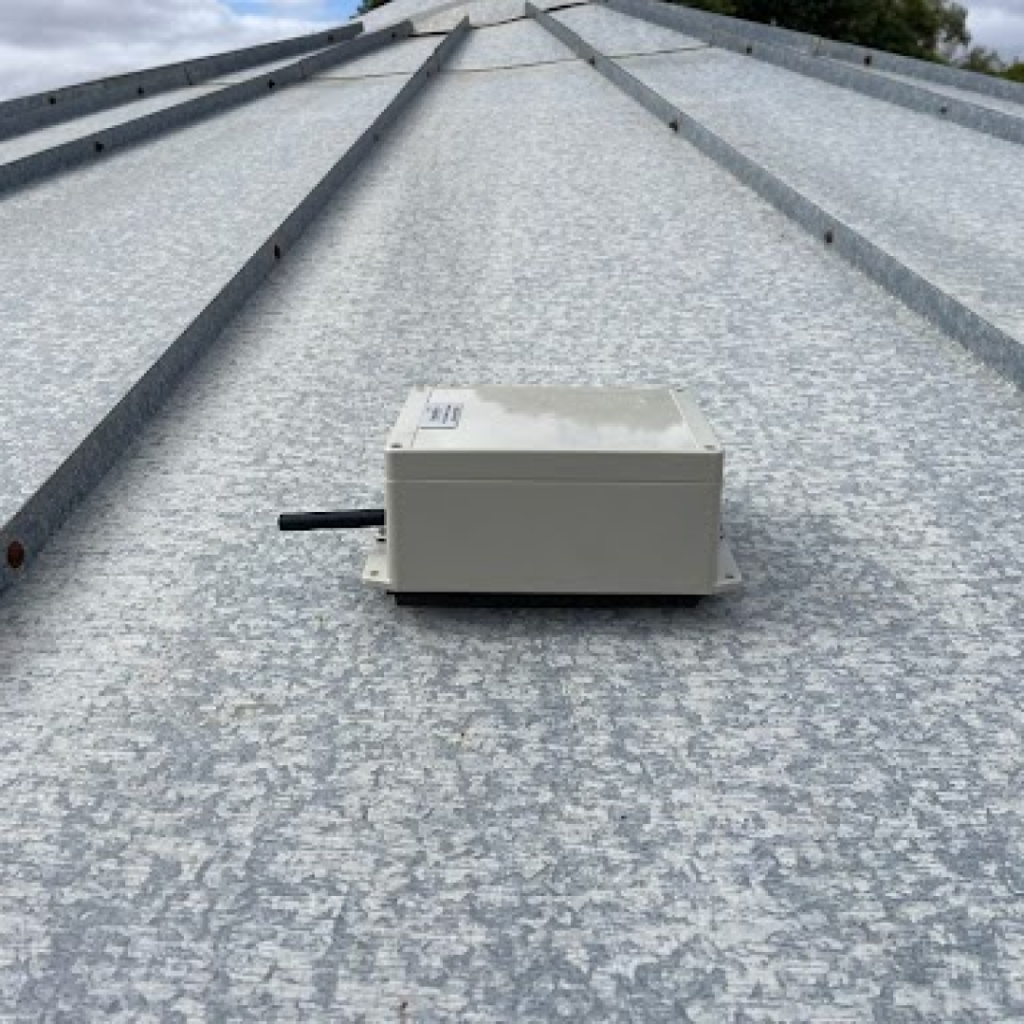Looking after a large rural property or multiple properties creates a constant list of things to do and check, as well as a list of fires to put out (both literal and metaphorical). With time, money, and water all being precious resources, any technology that makes managing operations easier pays huge dividends. This is certainly the case for the owner of Wyoming Farm, Gary Lang.
The challenge
Gary and his staff operate across a vast farm property with sheep and wheat. There are 12 water tanks that his livestock rely on. These are spread across the property, making driving out to check the level of each tank time-consuming. When staff are driving out to check them, it takes them away from doing other important tasks. Furthermore, fuel and labour costs add up during extended driving times. Whether he’s at home, in the city, or on holiday, Gary wants to know how his farm is operating.
Further challenges
Power: The remote sensors need to be self-powered because they are too far away from infrastructure that can supply power.
Data transmission: The long distances of the property mean that there isn’t complete 4G coverage, so transmitting data directly to the internet isn’t always possible and increases power demands.
The solution
Firstly, we provided Gary with Tank Level Sensors that would measure the water level in the tank and transmit the data they recorded.
Secondly, we recommended that a LoraWan(long range low power radio wave transmission frequency) network should be set up to enable data to be transferred from the sensors on the tanks to a central gateway that could then upload to the internet. The central gateway was able to cover all of the 12 proposed tanks without additional infrastructure, achieving as the crow flies transmission distances of up to 15 km.
Finally, the gateway was connected to a 12v battery and solar system already in use and fitted with a 4G Telstra data sim card. The gateway was then mounted to an existing pole to get some height to improve transmission.


The sensors
The sensors used were low-power ultrasonic sensors programmed to transmit tank levels every 20 minutes. They were equipped with long-lasting batteries capable of up to 8 years of operation when programmed correctly. After initial testing and troubleshooting, we successfully established communication within the system, allowing data to flow from the tanks to the monitoring software.
On installation day, only 3 sensors were tested and mounted, while Gary installed the remaining sensors using easy-to-mount fixtures. The coverage and signal strength proved strong, particularly noteworthy as LoraWan typically requires near line-of-sight transmission and we did not employ large antennas.
The results
- Time and fuel cost of checking assets has been reduced as they can be monitored remotely
- Monitoring provides livestock protection as it ensures that feeding troughs have constant water supply and sheep don’t go thirsty, which avoids reductions in conception rates during lambing
- Monitoring system provides asset protection, as the early detection of leaks can save upwards of $3000
- Cost savings on labour and fuel as travel time to check on tanks is reduced to 0
Gary’s thoughts
“The monitoring system is another line of defence against both production losses and animal welfare concerns. It allows us to know early when something goes wrong and fix it before the tanks are empty and the sheep are very thirsty.”
Continuing technical support is being provided to ensure that Gary’s tank sensors are fully functioning. Furthermore, the InnovateIOT team has continued to work with Gary, having provided him with flow sensors to monitor the flow in pipes on his property.
For more information on how monitoring solutions can be used to optimise your farm, contact InnovateIOT.
